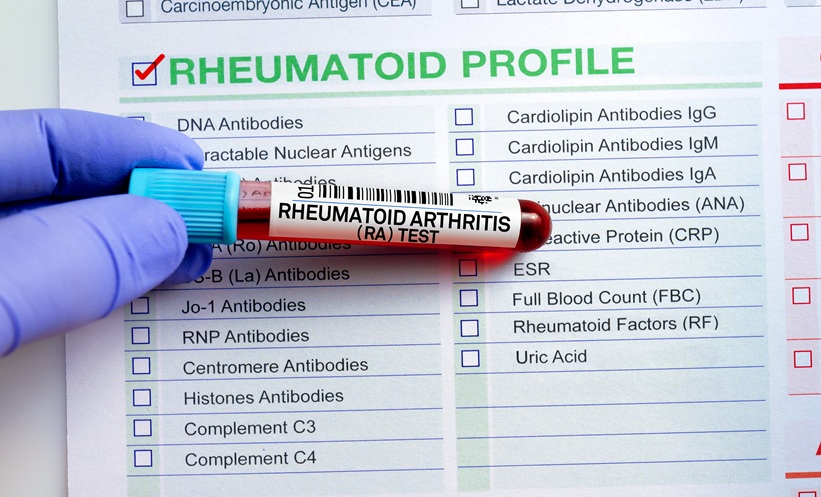BACKGROUND AND AIMS
Musculoskeletal ultrasound (MSUS) biomarkers may have an important role to play in the evaluation of individuals with musculoskeletal complaints who are anti-citrullinated protein antibody (ACPA)-positive who are at risk of developing rheumatoid arthritis. The authors aimed to identify which ultrasound markers could predict arthritis development.
MATERIALS AND METHODS
Individuals with musculoskeletal complaints with a positive anti-cyclic citrullinated peptide test were referred to the rheumatology department for a detailed clinical (68 joint count) and MSUS examination of the hands, feet, and any other symptomatic joints. Only those without clinical and MSUS-detected arthritis were included in the Risk RA prospective cohort and followed-up over 3 years or until arthritis onset. Using European League Against Rheumatism (EULAR)–Outcome Measures in Rheumatology (OMERACT) guidelines, MSUS markers for synovial hypertrophy and hyperaemia (Doppler signalling) were documented for each visit. Finger and wrist tendons were screened for any signs of tenosynovitis, and around bursal cavities of feet and symptomatic joints for bursitis. Association of MSUS biomarkers with arthritis development was tested (comparing proportions) using chi-square or Fisher’s exact tests.
RESULTS
From January 2014 to October 2019, 287 individuals were included in the study (78% female; 35% rheumatoid-factor-positive; median age: 48 years; interquartile range: 37–56 years). Within a median of 38 months (interquartile range: 1–72 months) since recruitment, 83 individuals (29%) developed an arthritis diagnosis. Prior to obtaining any diagnosis, 33% (94/287) had at least one type of MSUS modification (tenosynovitis, bursitis, synovial hypertrophy, or bone erosions) present, and 55% of those with any ultrasound changes developed arthritis compared with 16% of those with absence of any changes who developed arthritis (p<0.001).
Out of the 287 individuals, 22% (63/287) had ultrasound-detected tenosynovitis and 57% (36/63) of those with tenosynovitis developed arthritis compared with 21% (47/224) with the absence of tenosynovitis that developed arthritis (odds ratio: 5.02; 95% confidence interval: 2.77–9.09; p<0.001). Moreover, 8% (24/287) had ultrasound-detected bursitis and 42% (10/24) of those with bursitis developed arthritis, compared with 28% (73/263) of those with absence of bursitis that developed arthritis (p=0.15). Synovial hypertrophy was noted in 11% (31/287), and 55% (17/31) with synovial hypertrophy developed arthritis compared with 26% (66/256) of those with absence of synovial hypertrophy that developed arthritis (p<0.001). Furthermore, 5% (15/287) had bone surface erosions present and 53% (8/15) of those with erosions developed arthritis, compared with 28% (75/272) of those with absence of erosions that developed arthritis (p=0.03).
CONCLUSION
There appeared to be a trend that the ACPA-positive individuals with musculoskeletal complaints were at high risk where any subclinical minimal ultrasound changes were noted, and that the presence of tenosynovitis at baseline alone was highly predictive of arthritis development.








